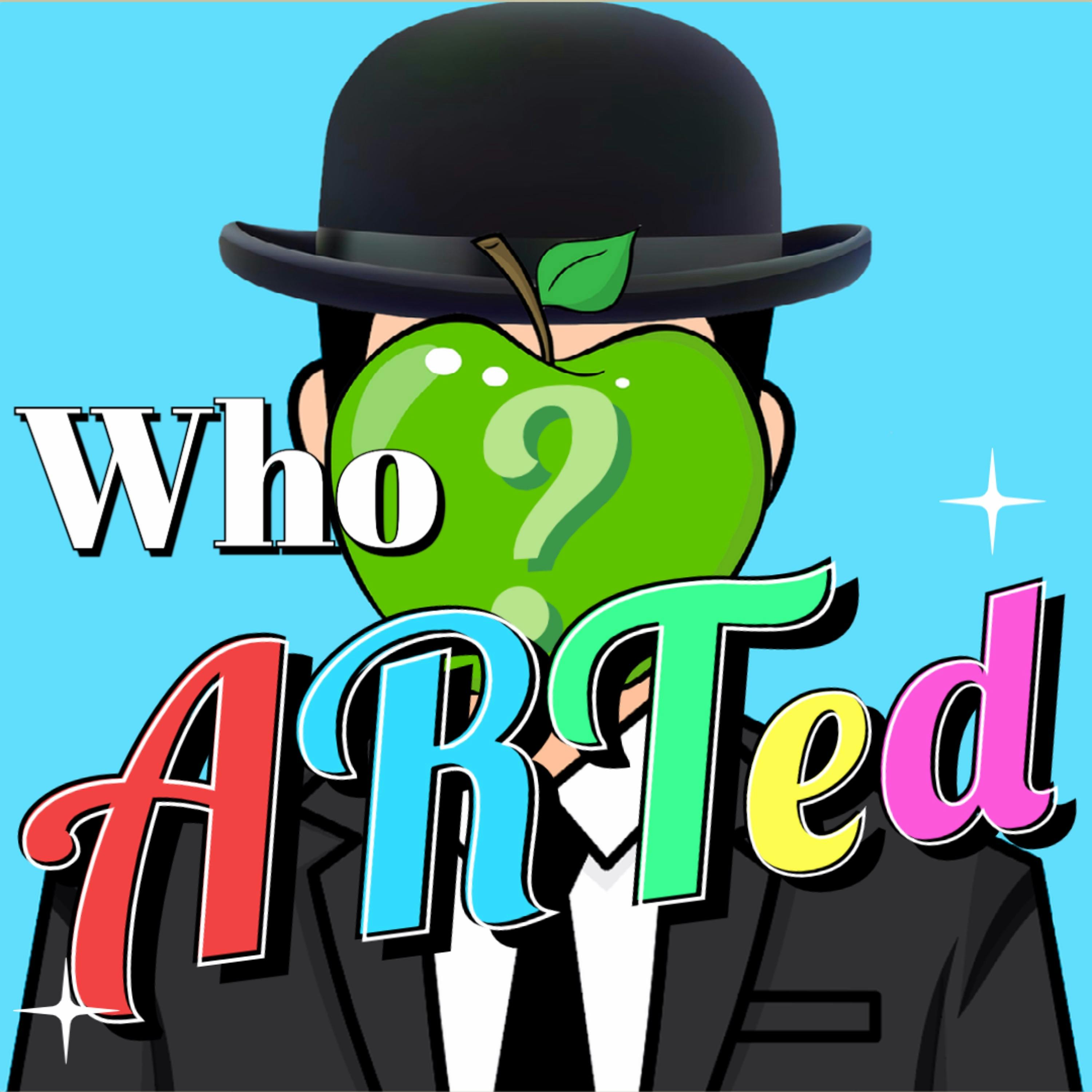Akira Yoshizawa and Origami (encore)
Description
Origami is the Japanese art of folded paper sculpture. It is a tradition that is basically as old as paper. In the 6th century CE, Buddhist monks brought paper from China to Japan. While origami has been practiced for hundreds of years, it has gone through some drastic changes in the way it was perceived by people. Early on when paper was really expensive and labor intensive to produce, origami was for the select few and for special occasions. As paper became more affordable, ordinary people made origami models as gifts or folding cards and envelopes for correspondence. It was used as I said to illustrate concepts like geometry in school and became associated with school children. For a long time, origami remained at a relatively low status dismissed as a children’s craft rather than fine art of a mature artist. Akira Yoshizawa probably elevated the art form more than anyone else. 1954 his first book was published Atarashii Origami Geijutsu (New Origami Art) this established the system of notation for origami folds which is basically the standard for origami instructions today. That same year, he founded the International Origami Center of Tokyo.
I'm honored that Who ARTed is listed on FeedSpot's list of top podcasts for the classroom. Check out the others on their list: https://blog.feedspot.com/classroom_podcasts/?feedid=5246489
Check out my other podcast Art Smart | Rainbow Puppy Science Lab
Who ARTed is an Airwave Media Podcast. If you are interested in advertising on this or any other Airwave Media show, email: [email protected]
Learn more about your ad choices. Visit megaphone.fm/adchoices
More Episodes
Wolfgang Beltracchi is possibly the most artful forgers ever to have gotten into the game. While most would create a forgery by meticulously copying every line, shape and color in a known masterpiece, Beltracchi studied the artist then made his own original compositions imagining what the artist...
Published 06/03/24
Kawaii is a Japanese word translating to something like "cute" or "adorable" but it is much more than that. While kawaii figures tug at the heartstrings with their big eyes and baby-like proportions making them seem helpless and vulnerable, kawaii can also represent a rebellious spirit.
Check...
Published 05/31/24
Published 05/31/24


